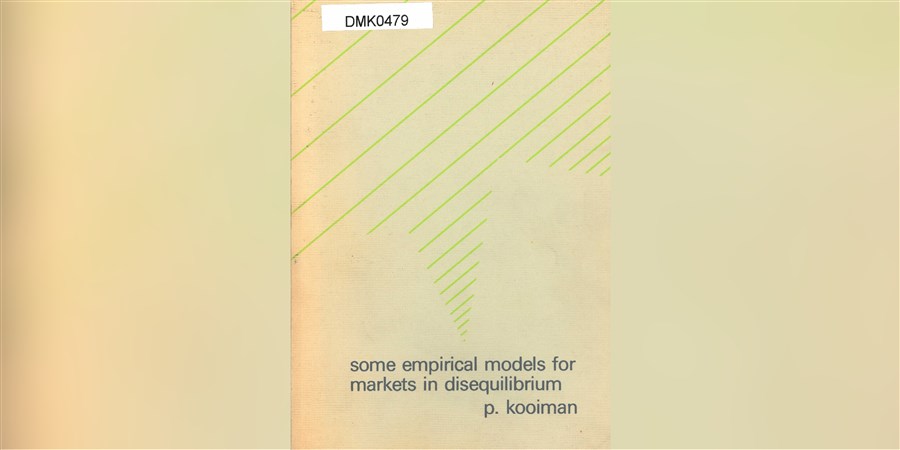Some empirical models for markets in disequilibrium

A branch of macroeconomic theory is the ‘disequilibrium’ or ‘fix-price’ theory. Within this branch a three regime fix-price model has been developed. Each of the regimes is characterized by the prevailing type of macroeconomic rationing.
- In classical unemployment, the level of production is too low to meet the demand for goods and also achieve full employment.
- In Keynesian unemployment, demands for goods is too low to sustain full employment.
- In repressed inflation (or general excess demand) both the goods and labour markets are in excess demand, so that an inflationary pressure exists.
Under changing conditions, the prevailing regime may change, due to a reversal of the balance between supply and demand. The possibility to deal with regime switches within a unified model is a main challenge of disequilibrium methodology. Regime change modelling can be done at aggregate level or at a more disaggregate level, i.e. individual markets, or individual agents instead of aggregates.
This dissertation deals with the modelling of smooth and discrete ‘regime switches’ in the aforementioned model and focuses on the distinction between the micro and aggregate level.
Kooiman P. (1986). Some empical models for markets in disequilibrium. Dissertation, Erasmus University Rotterdam. (Only available in print)